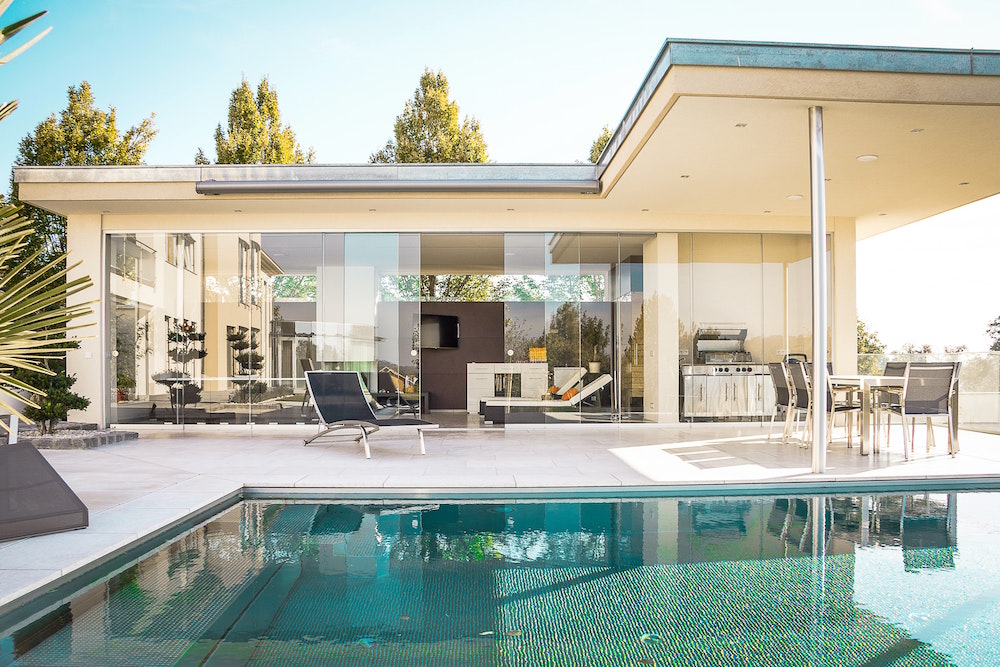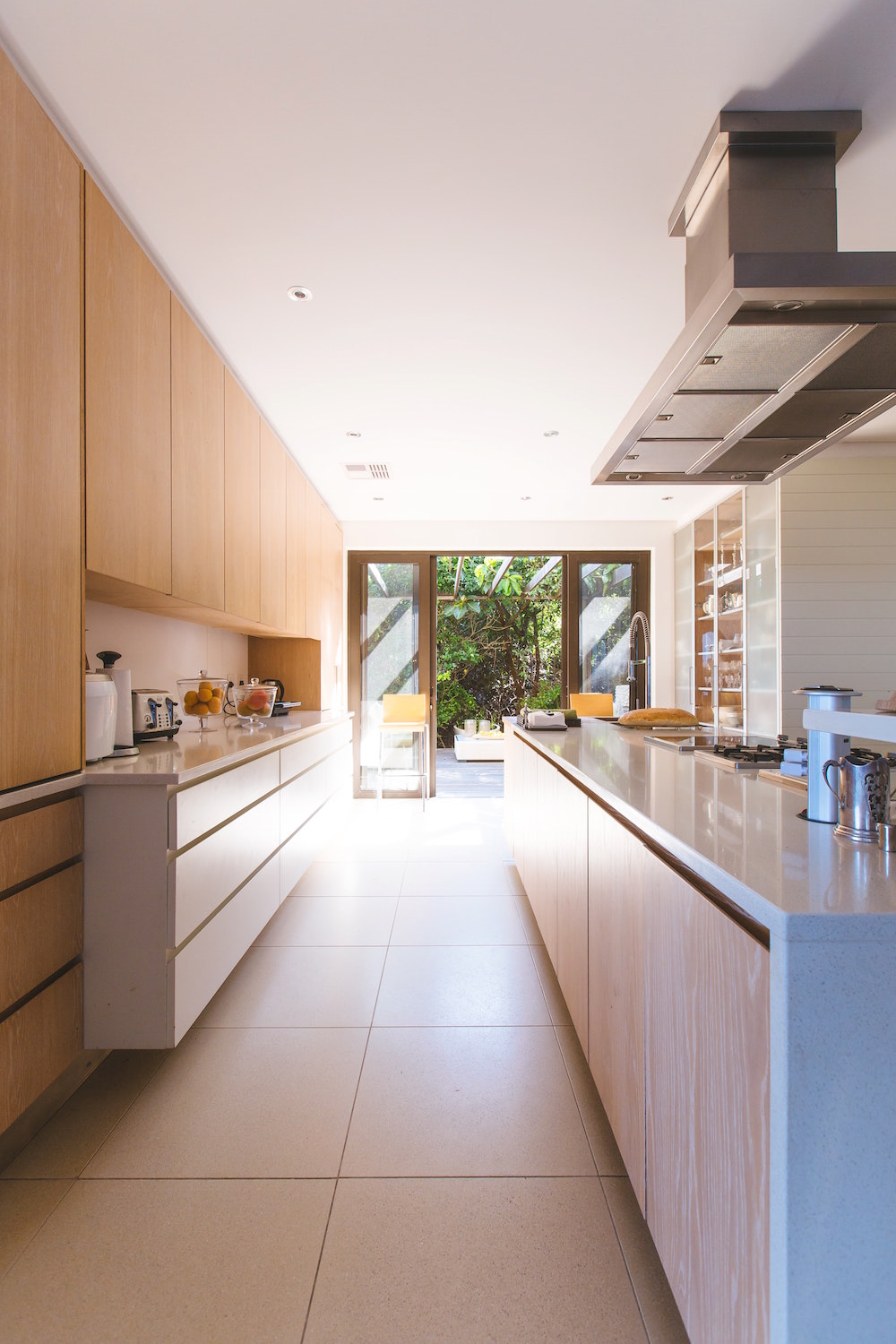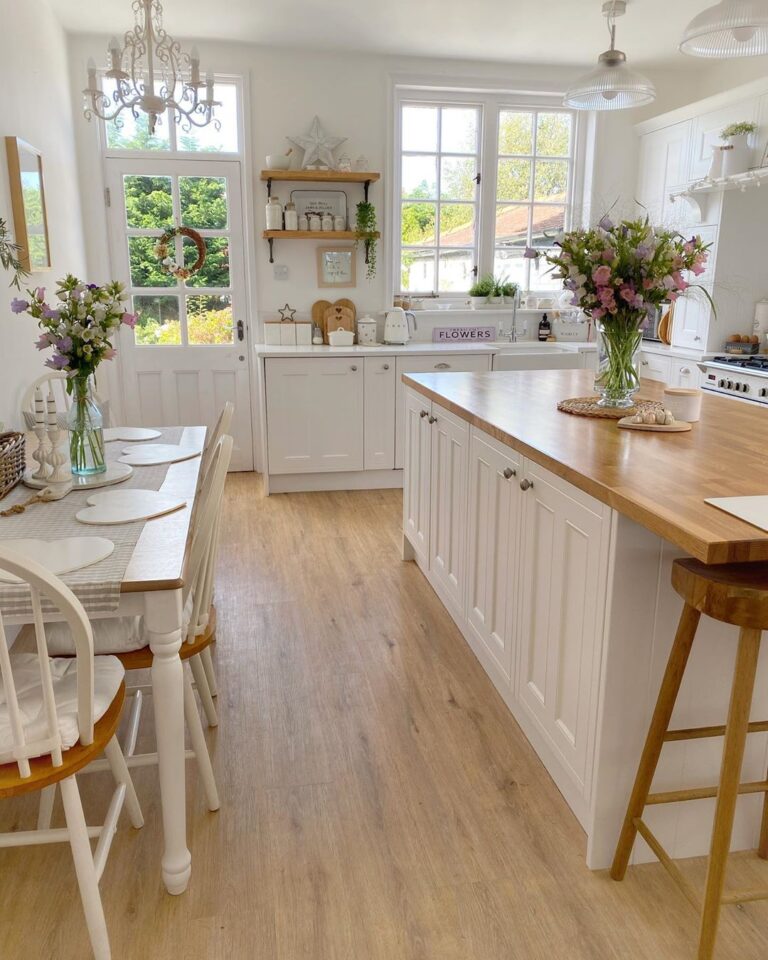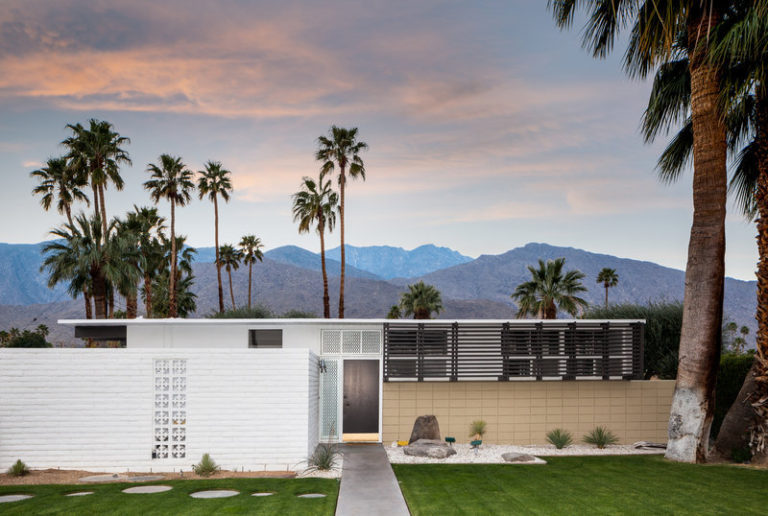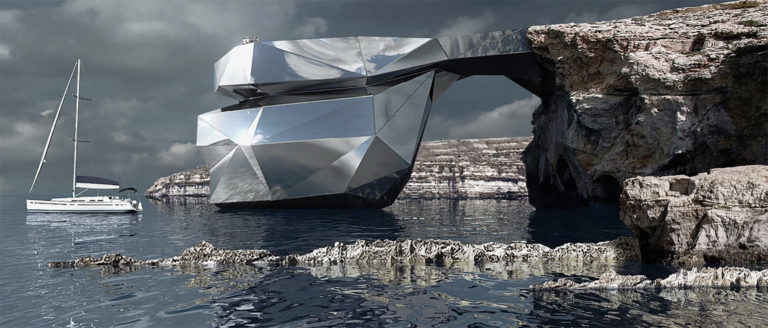Building Zero-Net-Energy Homes – How Is This Industry Advancing?
Net-zero homes, which produce as much (if not more) energy than they consume, are not exactly new — but as green building costs come down, these homes are becoming more affordable. The question is, has the industry made net-zero or zero-energy-ready homes affordable enough that consumers can swing the initial investment?
How Affordable are Zero-Net-Energy Homes?
Traditionally, these homes have been expensive to build (or retrofit). Thus far, the argument in favor of net-zero homes has focused on the long-term financial benefits of going net-zero. While it may be expensive to buy in, over time savings accrue. If you remain in the property long enough, this argument goes, you’ll eventually reap savings. While the logic isn’t faulty, the high point of entry has historically deterred consumers who want to lower their energy consumption but cannot afford the initial investment.
This has placed the industry at a crossroads. To grow market share effectively, either costs need to come down or incentives need to rise.
The electric vehicle industry provides a useful parallel here. To spur purchases of EVs, the federal government offered a tax credit and states have incentives for EV buyers, too. A 2016 study examined the federal tax credit’s impact on plug-in EVs sold between 2010 and 2014 and found that 32.5 percent of EV sales were directly attributed to new tax credit. Additionally, the financial incentive moved up the purchase time of a new vehicle by one year. As this study indicates, high entry costs do pose a barrier to consumers who want to make greener choices. By lowering the point of entry (something accomplished by the EV tax credit), large-scale actions become much more affordable.
The same paradigm is at play in the green building industry. As costs come down (and they are), more consumers will opt in.
A California developer is currently creating net-zero homes near Fresno which cost between $350,000 and $450,000. Whether that’s an affordable home depends on who’s house-hunting, of course. What’s interesting to note is this developer offers conventional homes for just $10,000 less than the zero-energy properties. The average price of a 2,000-square foot new-construction home ranges from $201,000 to $310,000, with high-end homes costing over $400,000. Put in perspective, Fresno’s new net-zero homes don’t seem so far off the mark in terms of affordability.
Zero-energy ready homes offer another way into this market. Zero-energy ready homes have the same tight envelope as net-zero homes and include green features like low-flow water fixtures and high insulation. By adding or expanding solar panels, zero-energy ready homes can become net-zero. Consumers who like the idea of net-zero but can’t swing the finances can opt for a zero-energy-ready property, then upgrade on their own timeline. Since zero-energy-ready properties are built efficiently, homeowners will see modest energy savings on utility bills.
What’s the Future of Zero-Energy Homes?
At present, there are around 12,000 net-zero homes in the U.S. However, a new California law requiring new construction homes to have rooftop solar, could add as much as 100,000 zero-energy-ready homes each year.
The issue is pressing in California, which has been hard-hit by wildfires. The new law, which is the largest of its kind, has the potential to impact the entire green building industry since California represents the fifth-largest economy.
To comply with the state’s laws, building companies are going to have to innovate at scale. As a result, the technologies used to create zero-energy homes will become more affordable–not only in California, but across the nation. Consumers and builders will have a larger variety of products to choose from, which means a truly affordable zero-energy home may not be far off.
The Fresno example lines up with what California regulators found: Building net-zero adds $9,500 to the cost of an average single-family home and returns $19,000 over a 30-year mortgage term. On a monthly mortgage payment, homeowners can expect to pay $40 more–and see energy savings to the tune of $80 per month. One caveat of all net-zero homes that rely on solar panels is the unpredictability of weather. Cost savings analyses are run on an annual cycle. While a home may be net-zero year over year, consumers may see higher expenses in wintry months, which have shorter days, than during the summer.
These numbers represent averages and individual homeowners can make choices that lower the building costs. So there are ways to make the project even more affordable. As with so many aspects of reducing a carbon footprint, it ultimately comes down to individual choices.
It’s important to reduce energy consumption, and net-zero homes have a big role to play. These developments are encouraging, and it’s exciting for consumers and builders alike to track where the zero-energy movement is headed.
Sources:
- https://www.cnbc.com/2019/02/14/homes-that-produce-their-own-energy-might-be-the-future-and-california-is-inching-closer.html
- https://builtgreen.net/blog-detail/builtgreenblog/2018/01/17/spotlight-on-the-built-green-net-zero-energy-label
- https://zeroenergyproject.org/buy/zero-energy-homes/
- https://www.niskanencenter.org/evaluating-the-case-for-the-electric-vehicle-tax-credit/
- https://homeguide.com/costs/cost-to-build-a-house

